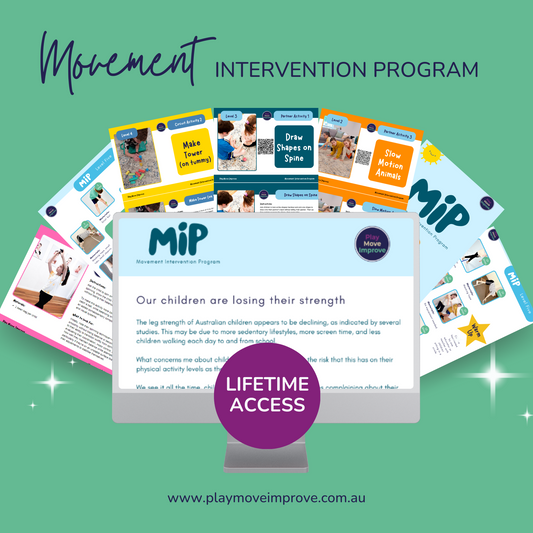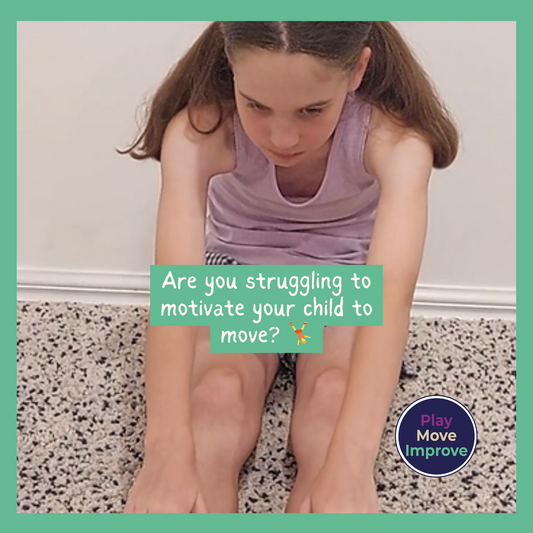For many children, the world can be a complex and challenging place. The demands of daily life, from kindergarten to playtime, can be overwhelming, especially for those with poor working memory, anxiety, problem-solving skills, and low creative play skills. In these cases, visual schedules are an important tool, offering structure, reassurance, and a clear recipe for play and their routines.
Visual schedules enhance working memory:
Working memory, the mental workspace where we hold and use important information, plays a vital role in learning, self-regulation, play and problem-solving. Children with poor working memory often struggle to follow instructions, complete tasks, and retain information.
Visual schedules provide a visible and organised guide for what needs to be done, reducing the cognitive load and anxiety for children who need support with completing transitions and instructions.
When children can see their day or tasks laid out visually, it eases the burden on their working memory, allowing them to focus on the task at hand and coordinate their behaviour and actions more effectively.
Visual schedules reduce anxiety:
Anxiety can be distracting, and it affects children as well as adults. For children with anxiety, unpredictability and change can be major triggers, leading to a fight, flight or freeze response where some children get visually agitated, while other children retreat internally or freeze in the moment.
Visual schedules offer a sense of predictability and control over play activities, transitions, routines and activities that aren't their preferred choice of activity.
When children can anticipate what's coming next, they feel more secure and are better equipped to manage their emotions. The visual representation of their schedule serves as a reassuring constant in an ever-changing world.
Visual schedules support play skills:
Play is the work of childhood, and creative play is essential for a child's development.
Children with low creative play skills often struggle to engage in imaginative and cooperative play. Visual schedules can include playtime activities and encourage children to explore their creativity in a structured way (turn taking, waiting). This can be a bridge to more spontaneous and imaginative play, as the child becomes more comfortable with the concept of play.
How to Implement Visual Schedules:
-
Customise: Tailor the visual schedule to the child's specific needs and preferences. Include their favourite activities and interests.
-
Consistency: Stick to the schedule as closely as possible to build trust and predictability.
-
Collaboration: Involve the child in creating and updating their schedule. This empowers them and teaches them valuable planning and decision-making skills.
-
Visual Aids: Utilise pictures, icons, or written words, depending on the child's age and ability. Ensure the visual aids are clear and easily understood.
-
Flexibility: While consistency is crucial, it's also essential to be flexible when necessary. Sometimes, life throws curveballs, and the schedule may need to be adjusted. That's why we have a 'surprise' visual card too.
Visual schedules are not a one-size-fits-all solution, but a highly adaptable tool that can be customised to meet the unique needs of each child. By embracing visual schedules, we can provide children with the structure, predictability, and support they require to develop essential skills and face life's challenges with confidence and creativity.
If you need individual support for visual schedule development, enrol in my coaching program.





